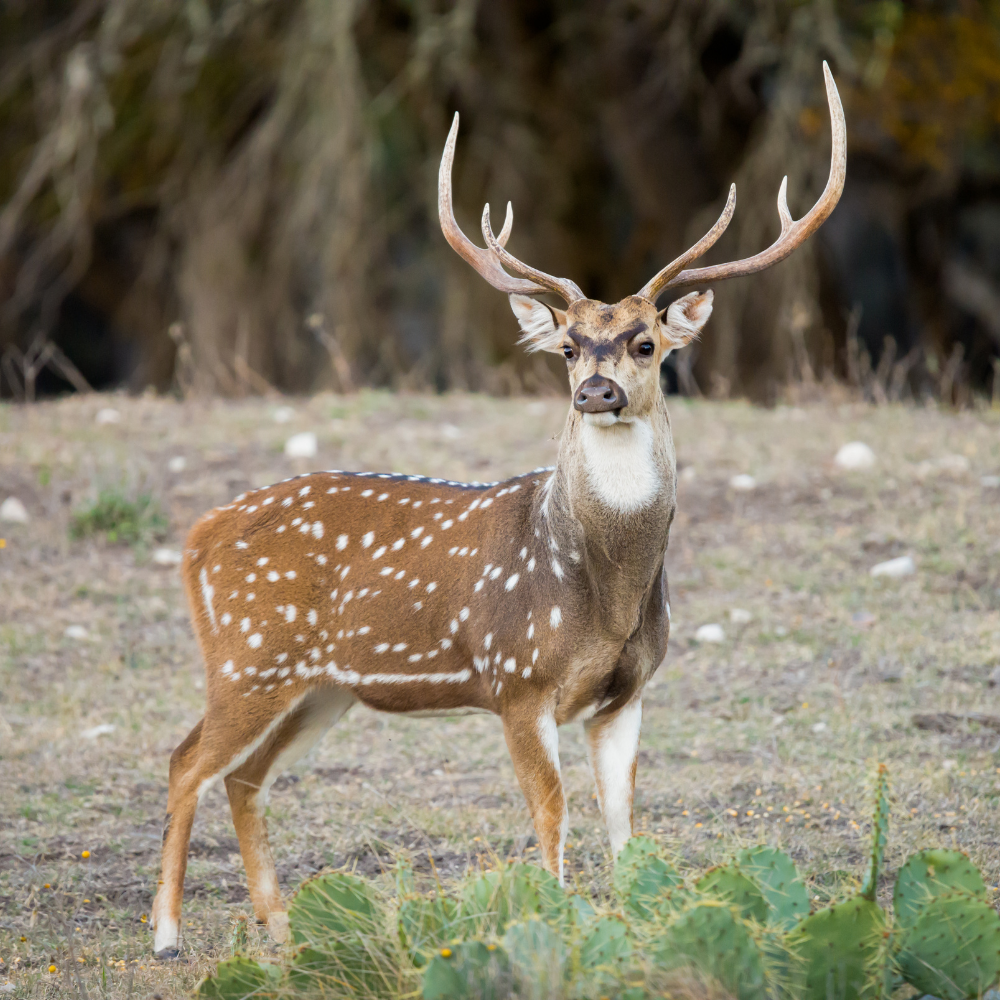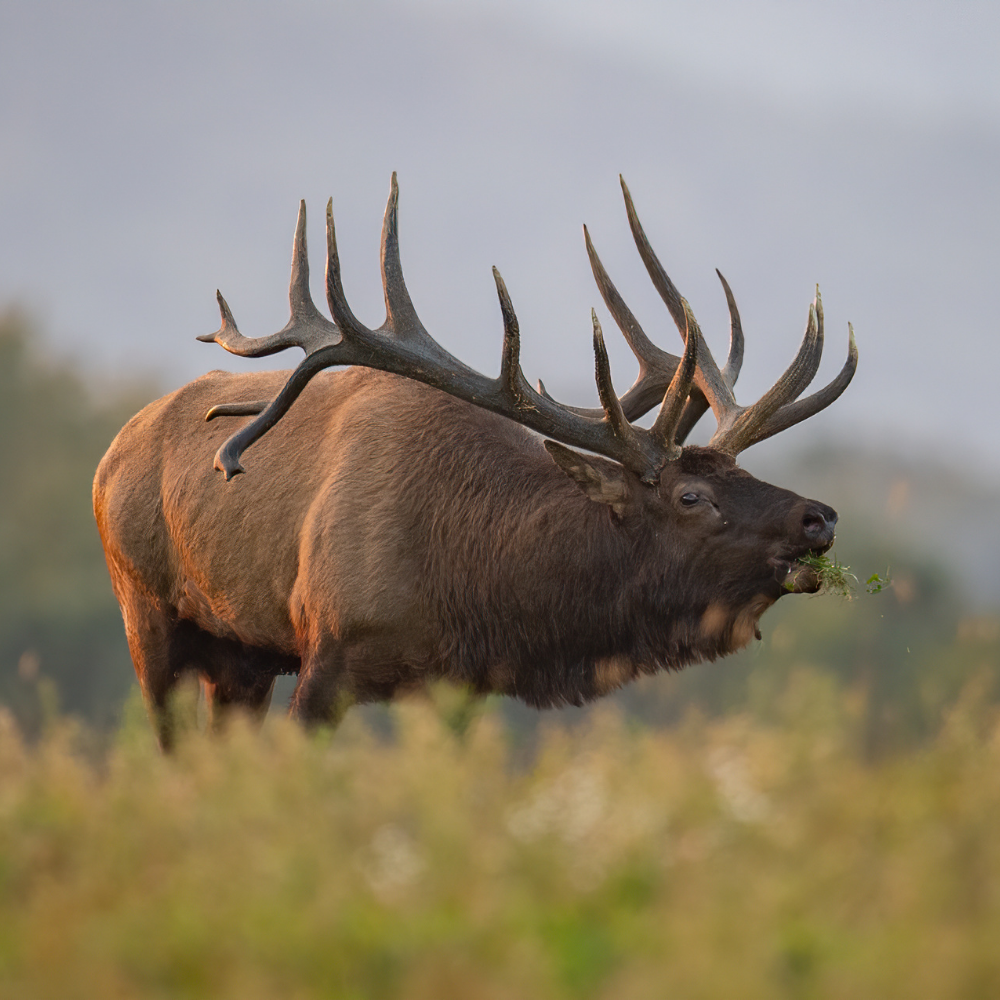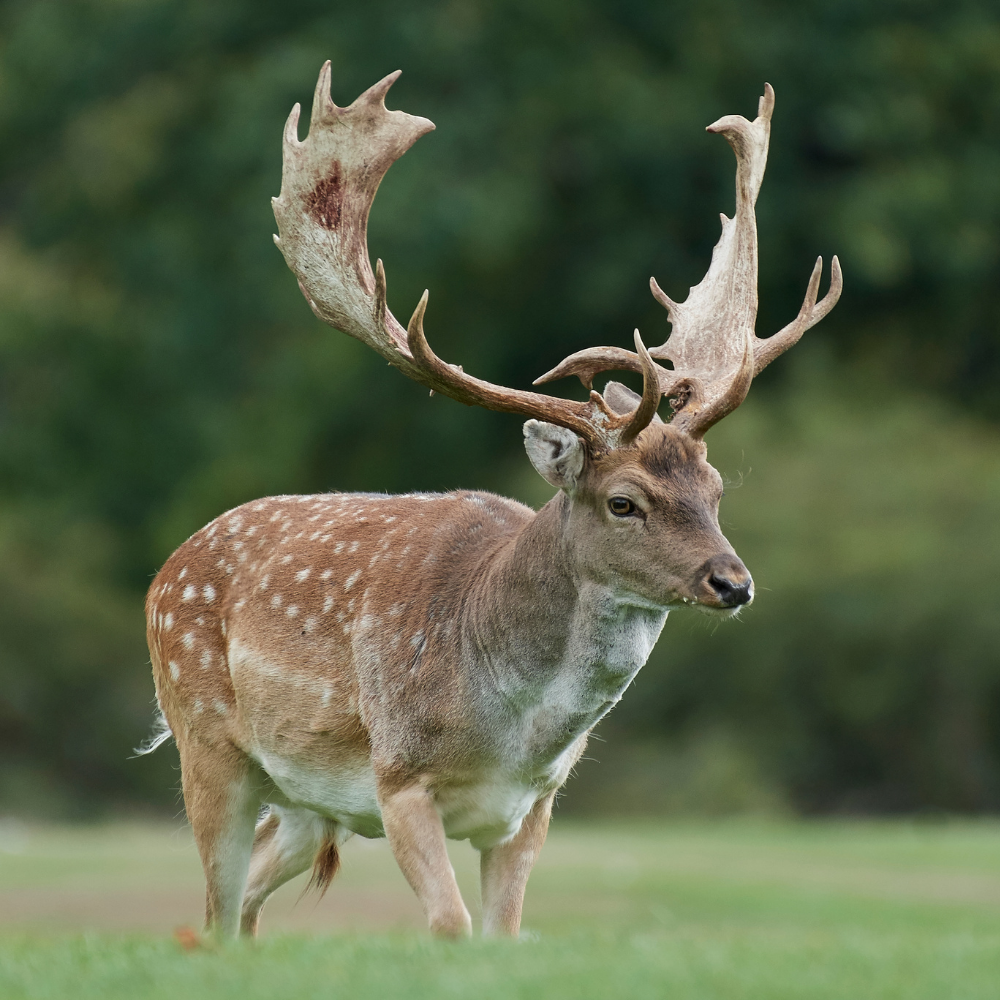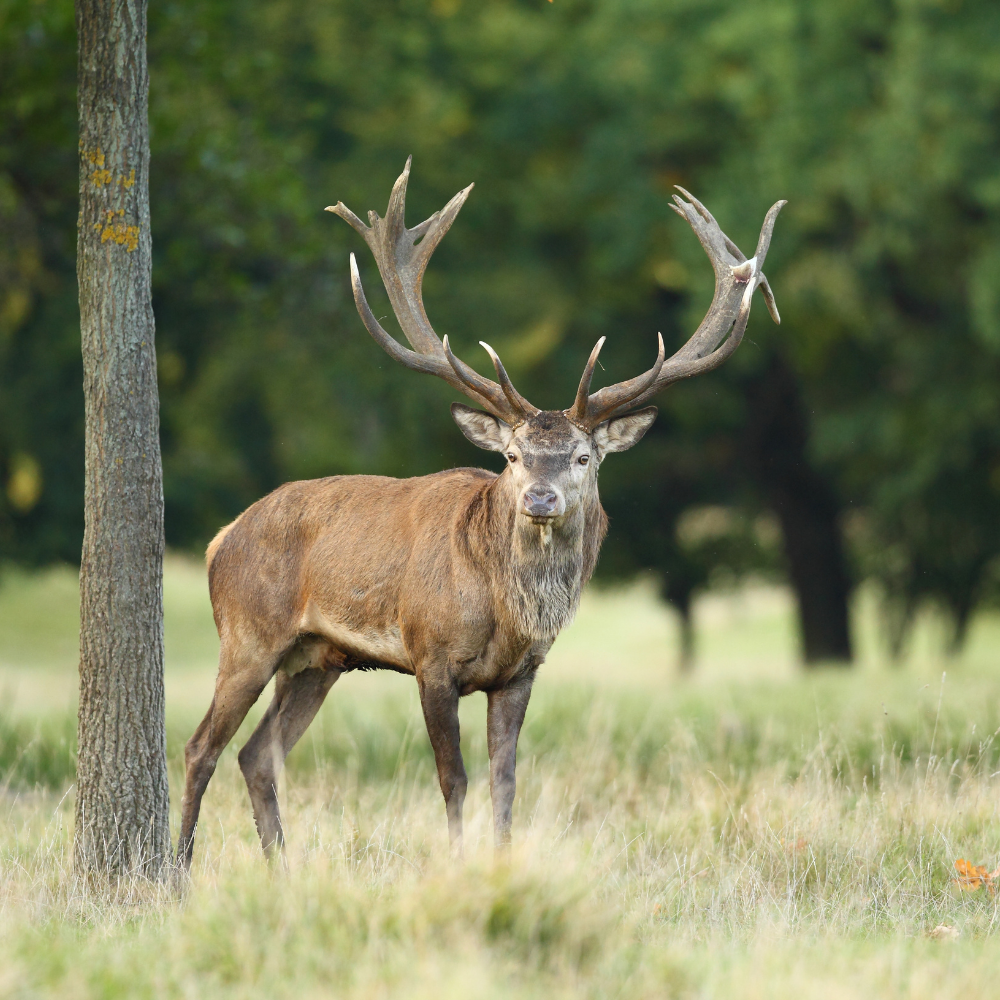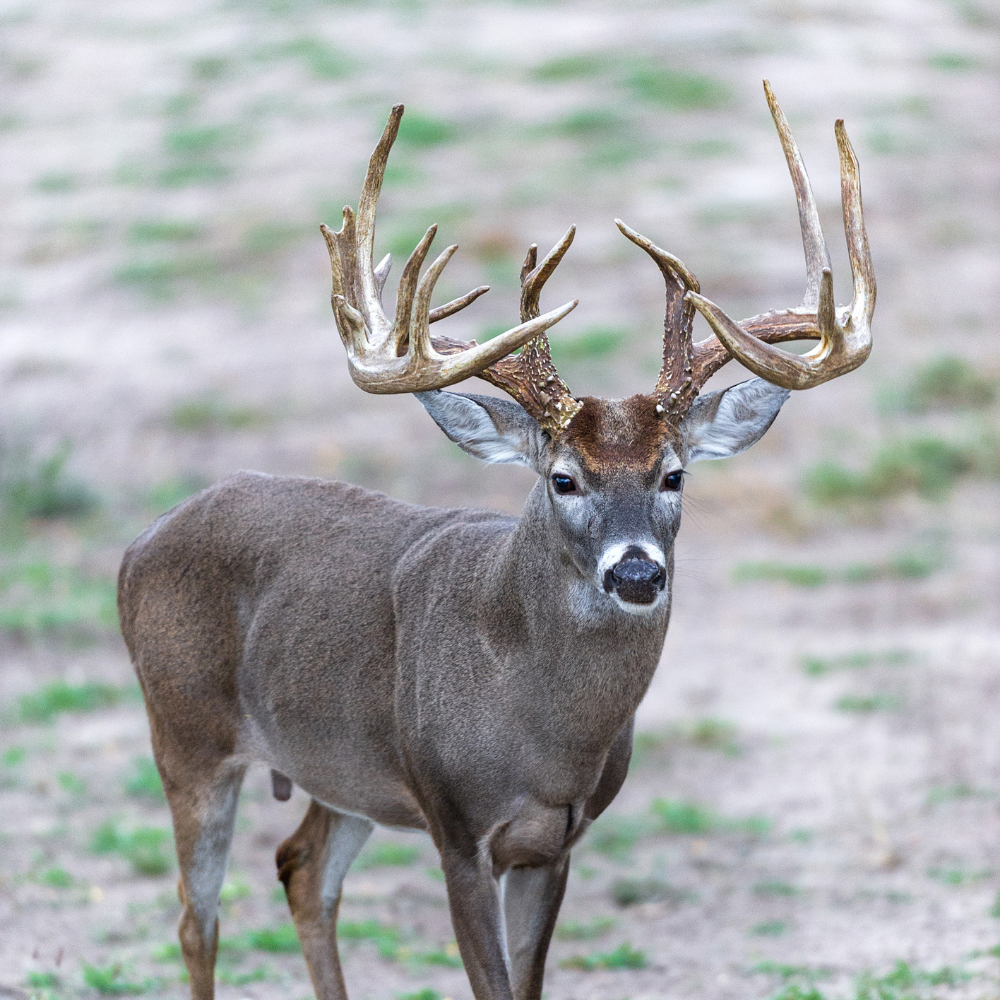He loves it.!!!!
Only thing my dog gets.
Heavy chewer, no dog toys can survive
My boxers Maxx and Lexi love y'alls antlers. I have been buying them for the past few years usually at NRS in Decatur, was happy to see y'all in person there. I ordered this time online and y'all did not disappoint with what you sent me. My babies get hours and hours of chew time on these antlers.
I’m so impressed by the quality and value of the antler chew for the price. My mutt took to them right away and they are holding up great. It’s been a nice reprieve of the expense of buying chewies.
I have 3 Jack Russell Terriers and have been subscribed for a couple of years now. Not only are these beneficial for their dental health, but save me money on others that they destroy in minutes. The best part of purchasing these is for the human's entertainment! The tricks they play on one another when they want the antler the other one has. You can't tell me they can't reason!! Milo, my 2 year old male hides them in between the sofa cushions!! Always check before sitting down!
Our last subscription order was the best experience! I sat the sack down on the livingroom table with the mail. Then went about getting things put away before sitting down to give them to the pups. When I returned, they were gone. I found the sack laying under the covers of my bed. Milo had grabbed them and took them to hide away.
This is from a summer subscription that we received. He knew it was his and what it was before I even opened the box!!
My 2 dogs love these high quality antlers. These last and the owner has great customer service


